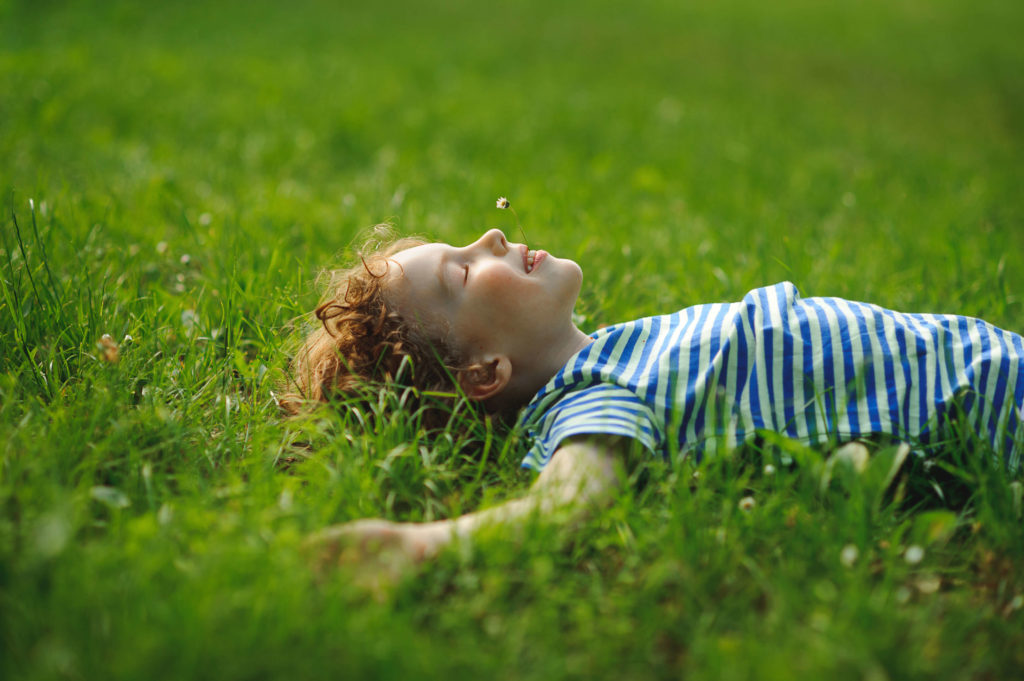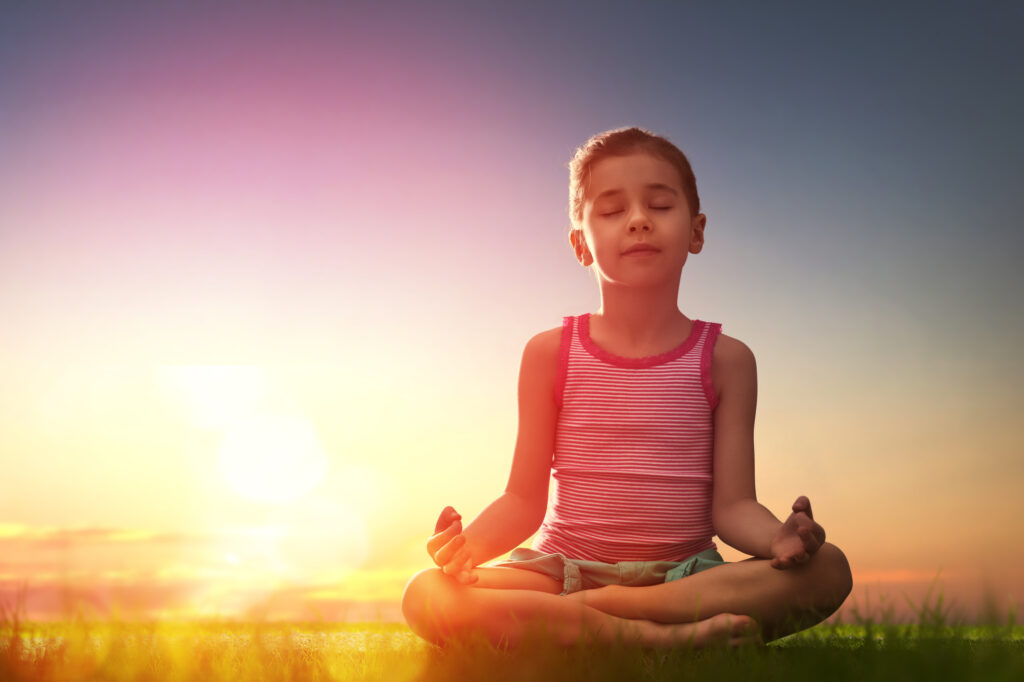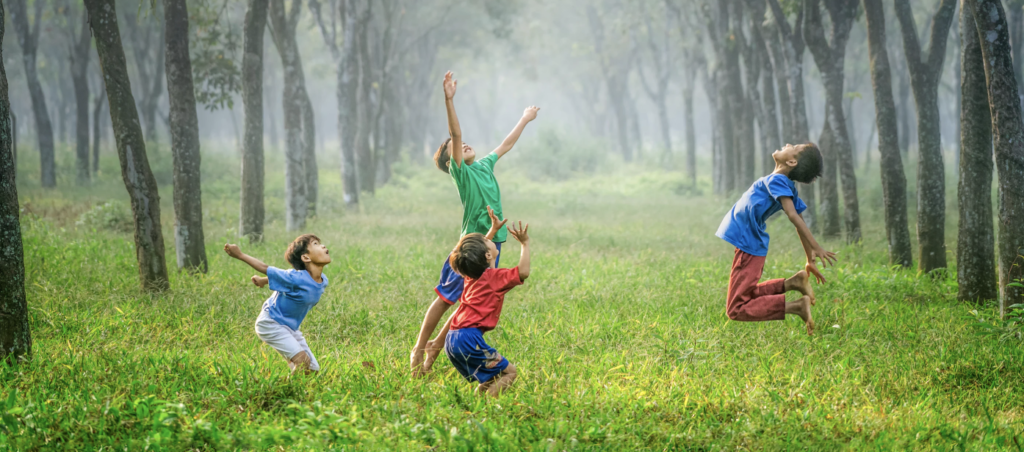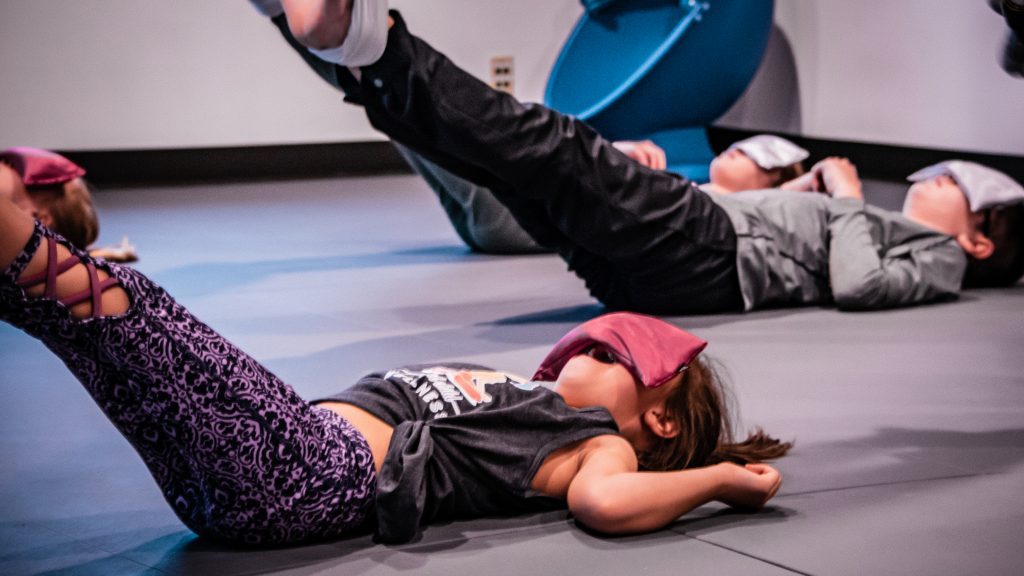The progressive muscle relaxation is also called as PMR. In general, the progressive muscle relaxation involves testing and releasing the muscles in your body, to release the tension, encourage the sense of calm and also group by group in the intended order. When it comes to doing progressive muscle relaxation for kids, initially, you have your kids get into their comfortable position in a calm space without any disturbances. This could be normally sitting or lying down as extended as the body is completely maintained. You can even start by requesting them to close their eyes and take a deep breath when they concentrate on tensing up the single muscle group for an amount of just five seconds. Also, you can request them to reveal those muscles for an amount of just ten seconds.
After that, you can simply teach them some particular muscle group, teaching them to tense and then relief while breathing deeply as per they go. By performing this, you should work with kids until they have moved via each and every group of muscle in the body such as shoulders, chest, stomach, back, hands, legs, neck, feet and also each portion of a face. However, the complete practice can just take around five minutes or extended. All you want to do is to simply attempt these progressive muscle relaxation techniques to instruct your kids via the practice.
Advantages of progressive muscle relaxation for kids

After finishing the progressive muscle relaxation techniques, the body and mind of kids should feel much relaxed. However, these techniques can highly support the kids to fall asleep naturally and also sleep more deeply too. Besides, other benefits of these techniques of progressive muscle relaxation for kids are including the following:
- Stress relief
- Good body awareness
- Sharp concentration and focus
Let you attempt it with your kids to calm their minds, relax their entire bodies and also support them allow spirit of the day. Apart from bedtime, this could be a most effective practice, whenever the kids feel overwhelmed or stressed or simply requires a break between the online learning sessions.
Preparation of progressive muscle relaxation for kids
- Initially, you set them apart for 15 minutes
- Identify somewhere comfortable and calm, where you will not be distracted
- Remove your shoes and wear loose fitted clothing
- Once you begin, do progressive muscle relaxation techniques two times per day while you are feeling quiet
- Going forward and follow the steps one time per day or three to four times per week or as required
- Before doing progressive muscle relaxation, you just consult your doctor, especially if you have any essential medical conditions, which obstruct physical activity
- If you have any pulled muscles or broken bones, you do not do progressive muscle relaxation
Tips for getting started PMR
Attempt aiding kids to practice the techniques nightly over time, until they commit the muscle groups to memory and also obtain a hang of the routine. For young kids from ages three to five, you just teach them via this technique is always best. For older kids, you can provide instruction for the initial two times and then they must be able to perform it on their own. For kids, you just want to get started and it can support them to listen the audio recording and also instructs them via the muscle groups.
Get ready for performing top 5 progressive muscle relaxation techniques
Before you start following these progressive muscle relaxation for kids, you just ask your kids to take five slow and deep breaths.
- Tension

- When you breathe in, gently and deliberately tense the foremost muscle group as tough as you can.
- Just sense the tension in your muscles
- It might cause some shaking or discomfort, but not pain
- Attempt to feel only the muscle group that you are targeting
- Hold this for at least five to ten seconds
- Relax the muscles

- After then, when you exhale, you can fully and speedily relax the tensed muscles
- Also, you should concentrate on the feelings of fluctuating. If it highly aids, then the image moods of stress leave the body completely.
- You want to notice the difference between relaxation and tension
- Along with, you will also sense the muscles become sagging and loose
- Rest

Then, you can take around ten to twenty seconds and be relax
Repeat the above techniques one, two and three. Then, tensing and relaxing each of the muscle groups listed below:
- Hands
- Forehead
- Shoulders
- Thighs
- Chest
- Stomach
- Back
- Lower legs
- Wrists and forearms
- Jaws and cheeks
- Buttocks and hips
- Upper arms and biceps
- Front of the neck
- Back of the neck
- Around the mouth
- Around the eyes and connection of the nose
- Return
Once you have finished above steps, you can count backward from five to one and then reoccurrence concentrate to the present.
Also, you can enjoy the senses of profound relaxation as well
- Practice
Once you have successfully finished the above steps, you keep on practice this to teach kids, when they are in hotness of the second; because their intelligent brains are distant from reachable.
So, you have to set a routine schedule for them to practice the muscle relaxation, when they are becoming calm.
Of course, a regular practice will allow them to recall, when they feel upset. It is a wonderful exercise as they can connect with providing a feel of coolness and calmness to them.
How essential progressive muscle relaxation for kids?
According to the study, the effects of progressive muscle relaxation for kids therapies over five weeks were discovered to be correspondingly efficient at minimizing their stress levels and also provide balancing approaches, which could be together with one another. Another latest research obviously mentions that the benefits from progressive muscle relaxation techniques can enhance the coping, reduce stress and also manage anxiety as well. All you need to do is to find the right approach that works well for your kids at this moment in your life. You might also discover that this blend keeps you more attentive and motivated too.
More resource: Top 5 breathing exercises for kids



1 Comment
Pingback: How much do you must losing weight swimming? -